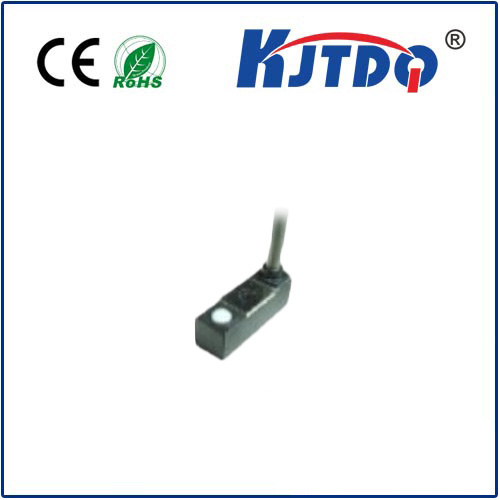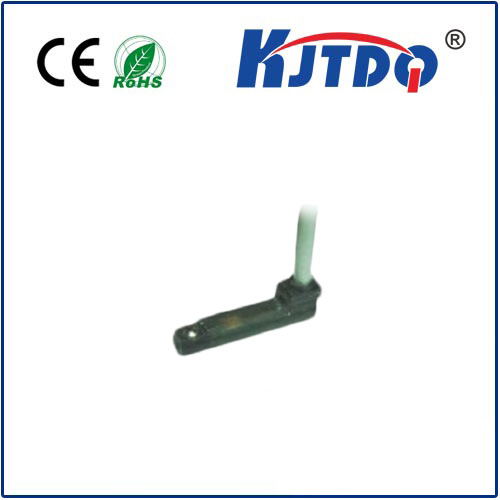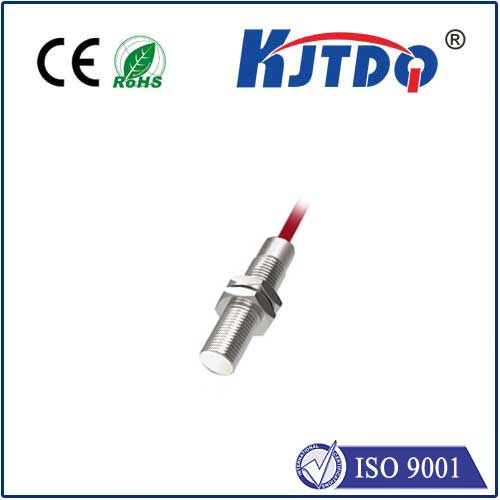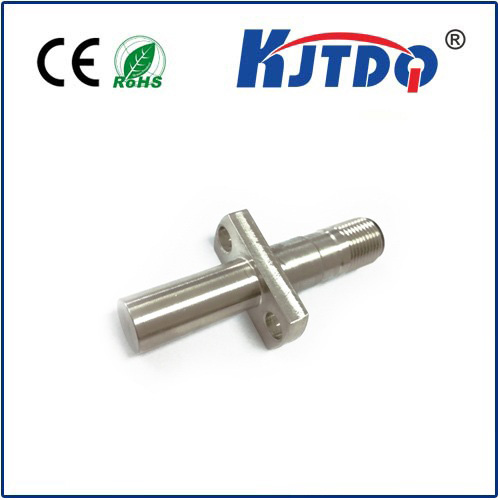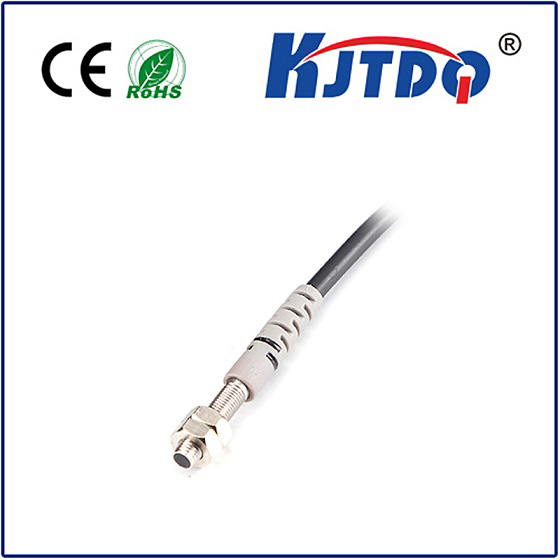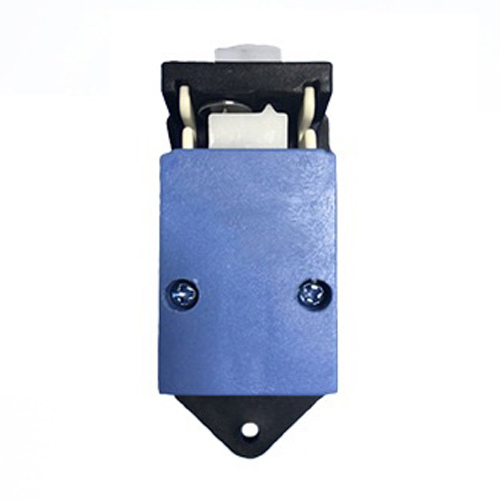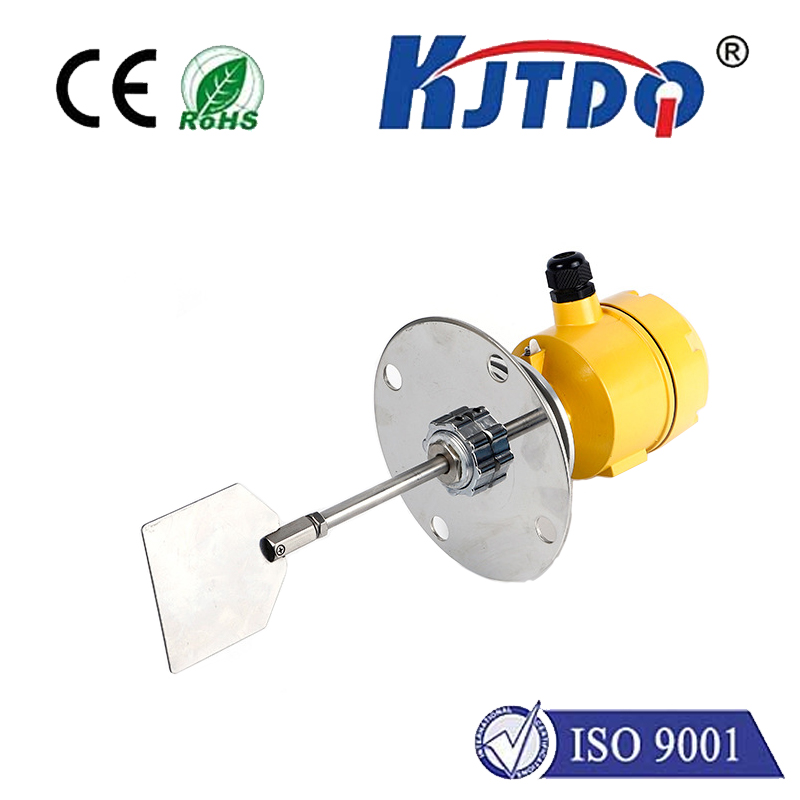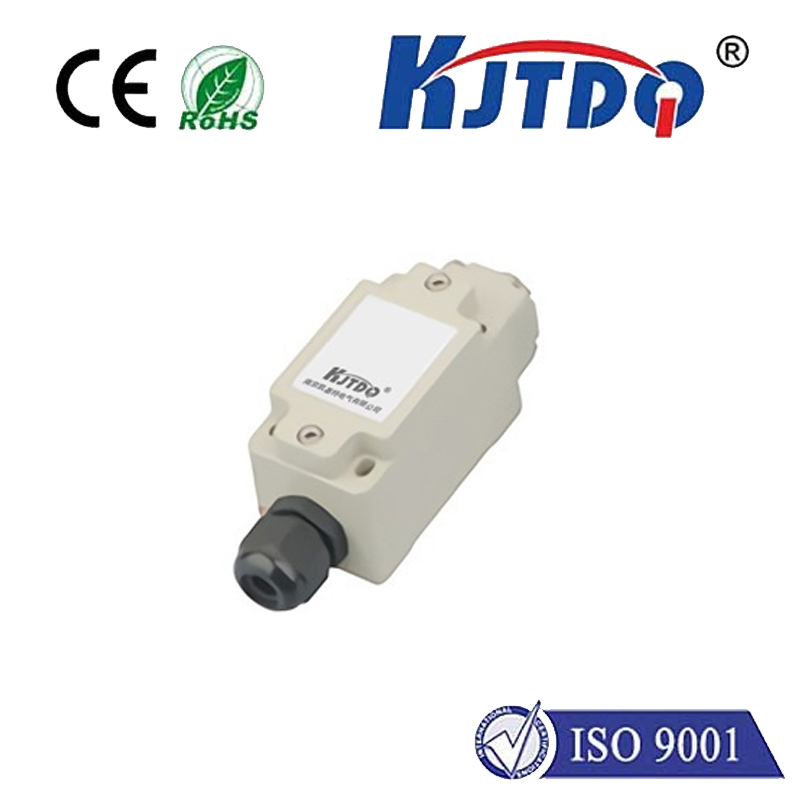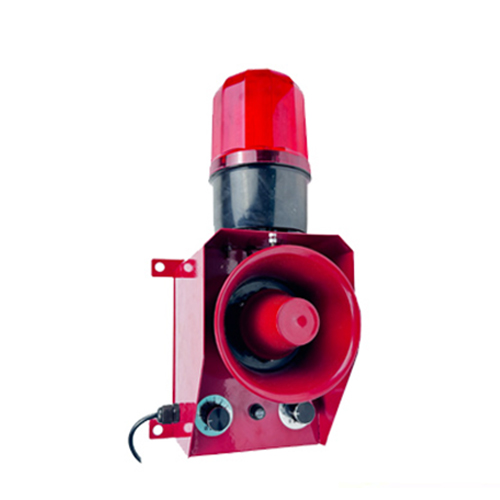cylinder stroke limiter
- time:2025-08-04 12:53:01
- Click:0
Cylinder Stroke Limiters: Your Essential Guide to Precision Control and Safety
Imagine a powerful hydraulic cylinder driving a critical press. Everything operates smoothly until, unexpectedly, it slams past its intended endpoint. The consequences? Catastrophic damage: bent rods, shattered mounts, leaking seals, costly downtime, and potentially dangerous flying debris or crushing hazards. This nightmare scenario, all too common in industrial settings, is precisely what cylinder stroke limiters are engineered to prevent. These often-understated components are the unsung guardians of hydraulic and pneumatic systems, ensuring cylinders operate precisely within their designated travel range. Understanding what they are, how they function, why they are indispensable, and where they are applied is crucial for anyone involved in machinery design, operation, or maintenance.
What is a Cylinder Stroke Limiter?
Simply put, a cylinder stroke limiter, sometimes called a stroke control device or end-position stop, is a mechanical component designed to physically restrict the extension or retraction travel of a cylinder’s piston rod. It defines the absolute limits of the piston’s movement, preventing it from travelling beyond a predetermined point. While cylinders inherently have a designed maximum stroke based on their barrel length, external factors like excessive system pressure, control valve failure, load shifts, or incorrect programming can force the piston to attempt travel beyond this safe range. The stroke limiter acts as the final failsafe, mechanically blocking this overstroke or over-travel.
How Do Cylinder Stroke Limiters Work?

The core principle is straightforward: physical obstruction. The limiter is positioned either internally or externally to create a hard stop precisely where the piston or rod assembly needs to halt. Common configurations include:
- Internal Stroke Stops: These are typically hardened rings or collars installed directly onto the piston rod itself, within the cylinder barrel. As the piston moves, the stop ring eventually contacts a corresponding shoulder or groove machined inside the cylinder head or cap. This direct metal-to-metal contact prevents further travel. Internal stops are compact, protected within the cylinder, but require disassembly for adjustment or installation.
- External Stroke Stops: These are usually brackets, clamps, or collars mounted onto the cylinder rod externally, outside the barrel. The external stop makes contact with a fixed part of the cylinder mounting or the machine frame at the desired end position. External stops are generally easier to install and adjust without needing to open the cylinder, offering greater flexibility but being potentially more exposed to the environment.
- Adjustable Models: Many limiters, particularly external versions, offer adjustability. This allows fine-tuning of the stroke length even after initial installation, accommodating changes in the application or setup without modifying the cylinder itself. Adjustable stroke limiters are highly valued for their flexibility in prototyping and optimizing processes.
The Indispensable Benefits: Why Use Stroke Limiters?
Integrating stroke control devices offers a multitude of critical advantages that directly impact safety, reliability, and cost:
- Preventing Catastrophic Damage: This is the primary purpose. Limiting cylinder stroke mechanically prevents the piston from slamming into the cylinder head or cap with full force, which can cause:
- Bent or Broken Piston Rods: Extremely expensive and disruptive failures.
- Damaged Cylinder Heads/Caps: Leading to hydraulic leaks and pressure loss.
- Destroyed Seals: Overstroke can extrude or shred rod seals and piston seals.
- Damaged Mounting Points: Excessive force transferred to cylinder mounts or machine structure.
- Enhanced System Safety: Preventing uncontrolled cylinder movement protects operators from potential crushing hazards or ejected components caused by a runaway cylinder. It’s a vital safety mechanism.
- Improved Precision and Repeatability: By precisely defining the end-of-stroke position, limiters ensure consistent operation cycle after cycle. This is vital for tasks requiring high positional accuracy, like welding, pressing, or assembly.
- Protection for Associated Components: Overstroke doesn’t just hurt the cylinder. It can damage linkages, tooling, workpieces, sensors, or other machine elements connected to the cylinder rod.
- Reduced Downtime and Maintenance Costs: By mitigating severe failures, cylinder stroke limiters significantly decrease unplanned downtime and the high costs associated with emergency cylinder repairs or replacements. Proactive protection is far cheaper than reactive fixes.
- Extended Cylinder Life: Preventing the extreme stresses of end-of-strike impacts significantly prolongs the operational life of the cylinder, seals, and bearings.
Key Applications: Where Are Stroke Limiters Crucial?
Cylinder stroke limiters find essential roles across a vast spectrum of industries where cylinders are employed:
- Hydraulic Presses: Preventing presses from slamming shut beyond the intended point, protecting dies and platens.
- Material Handling Equipment: Limiting the lift height on forklifts or the reach of log grapples.
- Construction Machinery: Controlling boom extension on excavators or crane outriggers.
- Agricultural Equipment: Defining the maximum lift position on harvesters or tillage implements.
- Industrial Automation/Robotics: Ensuring precise positioning in robotic arms, welding cells, palletizers, and assembly lines.
- Machine Tools: Controlling feed mechanisms, clamping positions, and tool changers.
- Pneumatic Actuators: Preventing over-extension in automation tasks, even in lower-force pneumatic systems.
Selecting and Implementing Cylinder Stroke Limitation
Choosing the right stroke limiter involves considering factors like the cylinder type (hydraulic/pneumatic), bore and rod size, required stroke length adjustment needs, operating pressure, forces involved, available mounting space, and environmental conditions (temperature, contaminants). Consulting with cylinder manufacturers or experienced engineering teams is recommended, especially for high-force applications. Proper installation is paramount – limiters must be securely mounted and positioned to withstand the full impact forces without deflection or failure.
While often considered a secondary component, the cylinder stroke limiter plays a vital, foundational role in safe and reliable machine operation. By acting as the definitive physical barrier to over-travel, these devices prevent costly damage, enhance precision, protect personnel, and contribute significantly to maximizing equipment uptime and lifespan. Integrating robust stroke control is not just an engineering best practice; it’s a critical investment in operational efficiency and safety.






